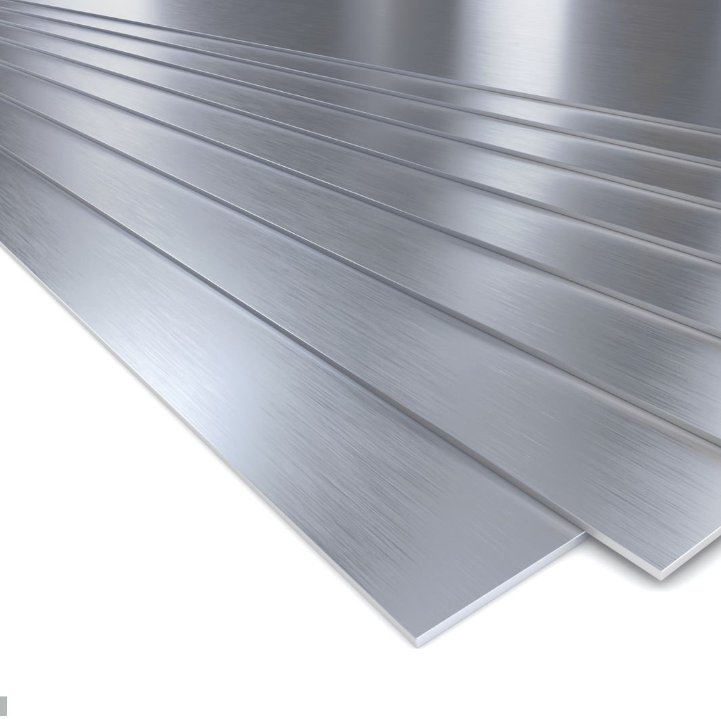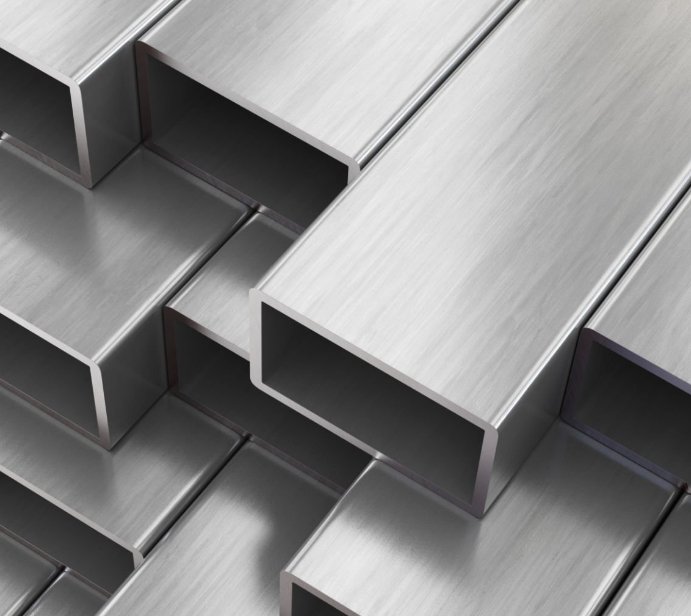
Selecting Raw Materials for Metal Stamping Products
Kailai Machinery as a professional custom metal parts manufacturer with over 20 years of experience specializing in custom metal processing, we are deeply engaged in our core businesses of stamping and drawing. We understand the crucial role raw material selection plays in the quality, cost, and performance of metal stamping products.
Metal stamping is widely used in the automotive, electronics, home appliance, and medical device industries. From automotive chassis components to precision mobile phone hardware, all rely on high-quality raw materials to achieve performance standards. However, common metal materials on the market vary significantly in price, strength, yield strength, and corrosion resistance. Improper selection can result in excessive product performance, increasing costs, or insufficient performance, leading to quality issues. Therefore, a comprehensive selection process combining multiple factors is essential to maximize cost-effectiveness.
Core Property Differences of Common Metal Stamping Raw Materials
The fundamental properties of different metal materials directly affect the suitability of stamping products. The following is a comparison of the key properties of four mainstream materials:
Carbon Structural Steel (e.g., Q235, SPCC)
Price: Highly cost-effective, with a market unit price of approximately 3,800-4,500 yuan/ton, it is the preferred choice for low-cost applications.
Strength and Yield: Q235 has a yield strength of approximately 235 MPa and a tensile strength of 375-500 MPa, meeting the needs of general structural parts. SPCC cold-rolled steel offers high surface precision and a yield strength of 170-250 MPa, making it suitable for shallow stampings with high aesthetic requirements.
Corrosion Resistance: It lacks rust resistance and requires subsequent electroplating or spray coating. Otherwise, it is prone to rust and is not suitable for humid or outdoor applications.
Stainless Steel (201, 304, 316)

201 Stainless Steel:
Price: Approximately 11,000-13,000 RMB/ton, Yield Strength ≥ 245 MPa, Tensile Strength ≥ 520 MPa. Corrosion resistance is weak and suitable only for dry, non-corrosive indoor environments, such as internal brackets for home appliances.
304 Stainless Steel: Price: Approximately 18,000-22,000 RMB/ton, Yield Strength ≥ 205 MPa, Tensile Strength ≥ 515 MPa. It combines toughness and workability with strong acid and alkali resistance, making it suitable for food, medical, and general outdoor applications, such as tableware and outdoor advertising stands.
316 Stainless Steel: Price: Approximately 28,000-35,000 RMB/ton, Yield Strength ≥ 205 MPa, Tensile Strength ≥ 515 MPa. Due to the addition of molybdenum, its resistance to chloride ion corrosion is far superior. 304 is suitable for highly corrosive environments such as marine engineering, chemical equipment, and deep-sea exploration components, such as ship deck connectors and chemical reactor accessories.

Aluminum Alloys (such as 5052 and 6061)
Price: Approximately 18,000-25,000 RMB/ton, similar in cost to 304 stainless steel.
Strength and Yield: 5052 has a yield strength of approximately 195 MPa and a tensile strength of 260 MPa. It exhibits good plasticity and is easily stamped, making it suitable for lightweight parts such as mobile phone midframes and drone racks. 6061 has a yield strength of 276 MPa and a tensile strength of 310 MPa. It can be strengthened through heat treatment and is suitable for load-bearing components such as automotive wheel hub brackets.
Corrosion Resistance: The surface oxide film provides inherent rust resistance, requiring no additional treatment. It is suitable for humid environments or where lightweighting is required, but its resistance to strong acids and alkalis is weaker than that of 316 stainless steel.
Key Considerations for Metal Stamping Raw Material Selection
A comprehensive evaluation based on the actual product needs should be conducted from the following four aspects to avoid "overperformance" or "cost waste":
(I) Usage Scenario and Application Requirements
Outdoor/Wet Environments: Choose 304 stainless steel for general outdoor applications. 316 stainless steel is essential for marine or high-salt-fog environments to avoid corrosion caused by chloride ions. 201 stainless steel or carbon steel can be selected for dry indoor environments to reduce costs.
Precision Electronics: Applications such as chip heat sinks and precision connectors require high-surface-precision SPCC cold-rolled steel or 5052 aluminum alloy to ensure a dimensional error of ≤0.02mm after stamping, along with lightweight and excellent thermal conductivity.
Food/Medical: Choose food-grade 304 or 316 stainless steel to prevent metal ion leaching that could contaminate food or compromise medical safety. Medical implants require the higher-purity 316L stainless steel.
(II) Strength and Mechanical Performance Requirements
Load-bearing or load-bearing components, such as automotive suspension brackets and connecting rods for construction machinery, require 6061 aluminum alloy (yield strength 276MPa) or Q345 carbon steel (yield strength 345MPa) to ensure long-term deformation.
High-frequency vibration components, such as motor housings, require tough 304 stainless steel (elongation ≥ 40%) to avoid vibration-induced cracking.
Ordinary non-load-bearing components, such as stationery clips and simple shelves, can be made of SPCC low-carbon steel (yield strength ≤ 250MPa). This reduces the need for excessive strength and reduces material costs.
(III) Corrosion Resistance and Durability Requirements
For high-corrosion applications: Chemical workshop equipment and deep-sea detectors, 316 stainless steel is a must. Its resistance to sulfuric acid, hydrochloric acid, and chloride ion corrosion is 2-3 times that of 304 stainless steel, and its service life can reach over 10 years.
For moderate-corrosion applications: For outdoor components exposed to rain (such as streetlight brackets), 304 stainless steel is sufficient, costing approximately 30% less than 316 stainless steel.
For low-corrosion applications: For indoor furniture hardware and internal equipment brackets, 201 stainless steel or spray-coated Q235 steel are the most cost-effective. (IV) Balancing Cost and Performance
For large-volume, low-cost needs, such as household hardware (clothes drying racks, hooks), Q235 carbon steel is preferred. Its price per ton is only 1/7-1/8 of 316 stainless steel, reducing overall production costs.
For medium-volume, medium-budget needs, such as household water purifier housings and general outdoor equipment, 304 stainless steel is the right choice. It offers both rust resistance and cost savings, saving approximately 40% compared to 316 stainless steel.
For small-volume, high-demand needs, such as aerospace components and high-end medical equipment, 316 stainless steel or 5052 aluminum alloy can be selected. While more expensive, they can meet specific performance requirements, avoid product scrapping due to material problems, and ultimately reduce overall losses.
As a professional custom metal parts manufacturer, Kailai Machinery is dedicated to providing customized metal parts solutions for our customers. If you have any questions, please contact us immediately. We will provide a quote within 24 hours and tailor a customized solution for you!

